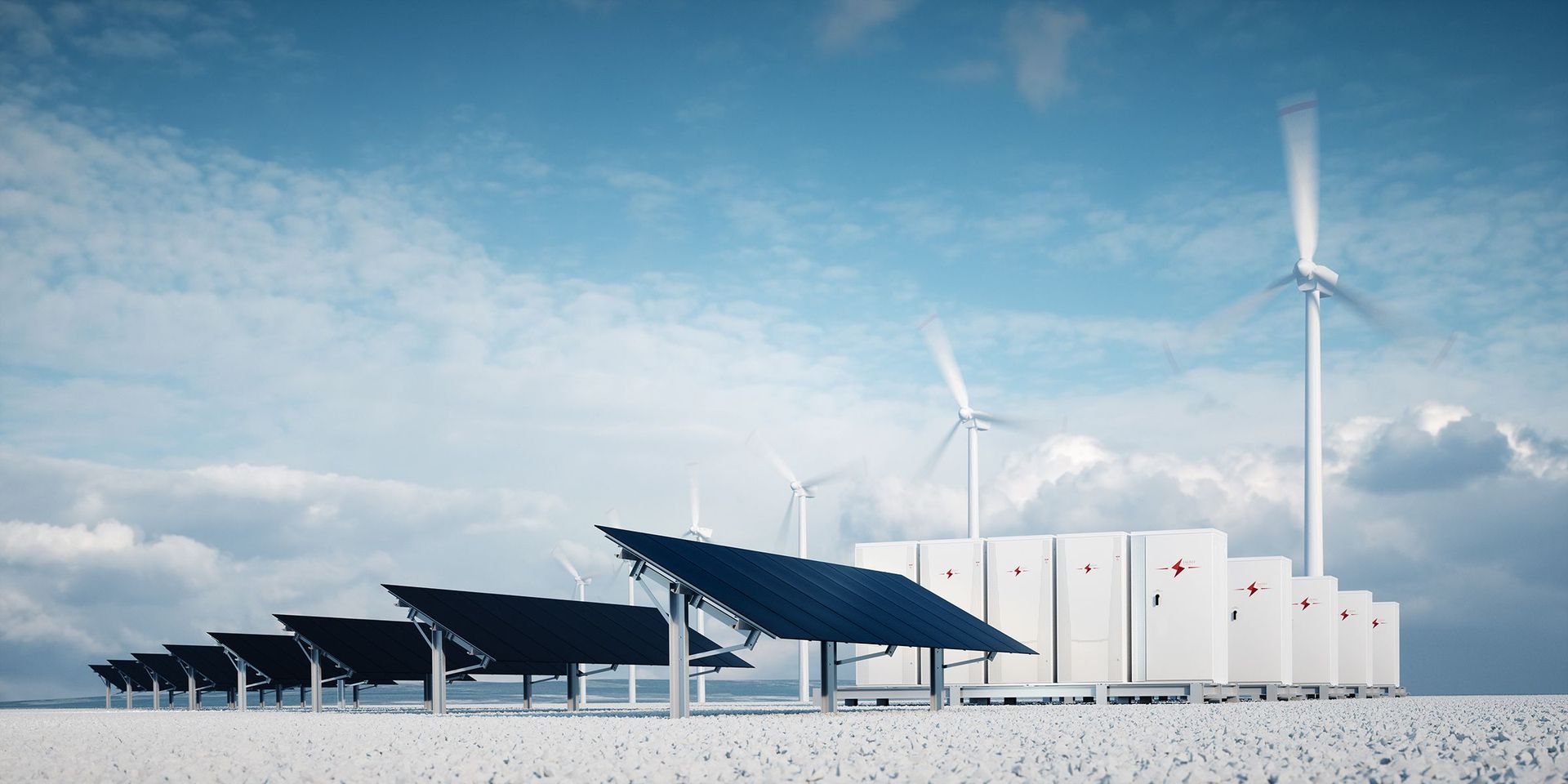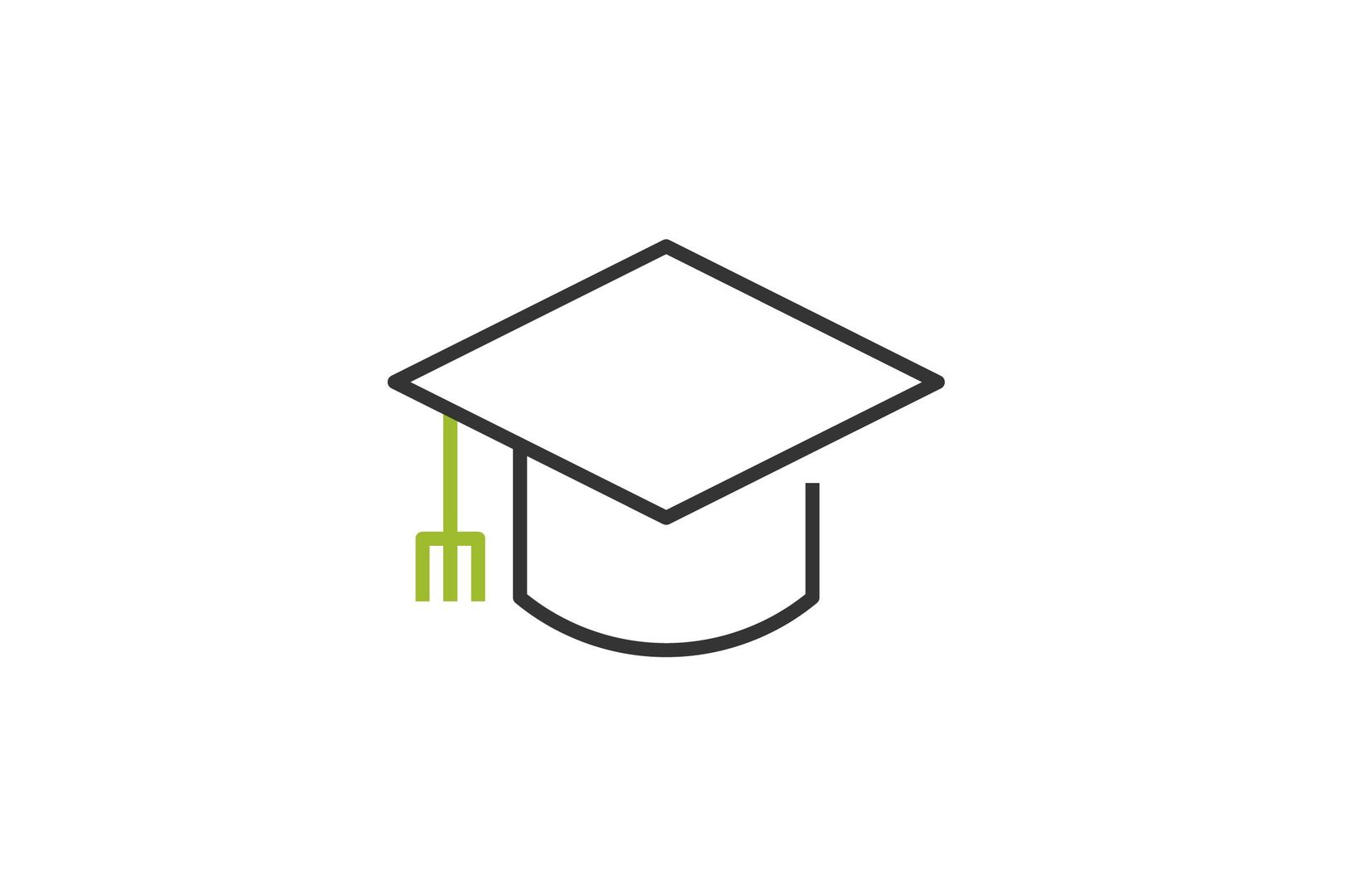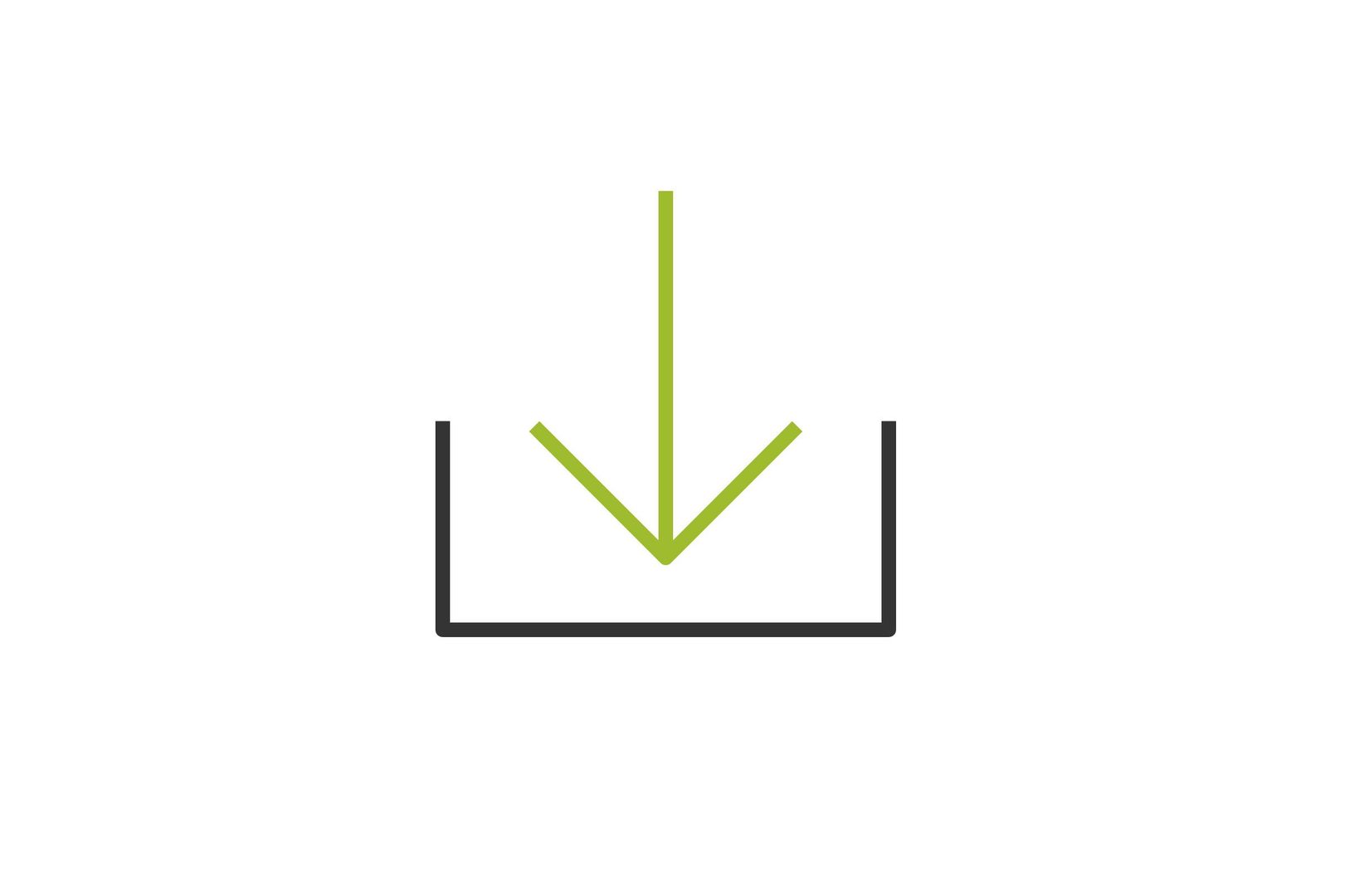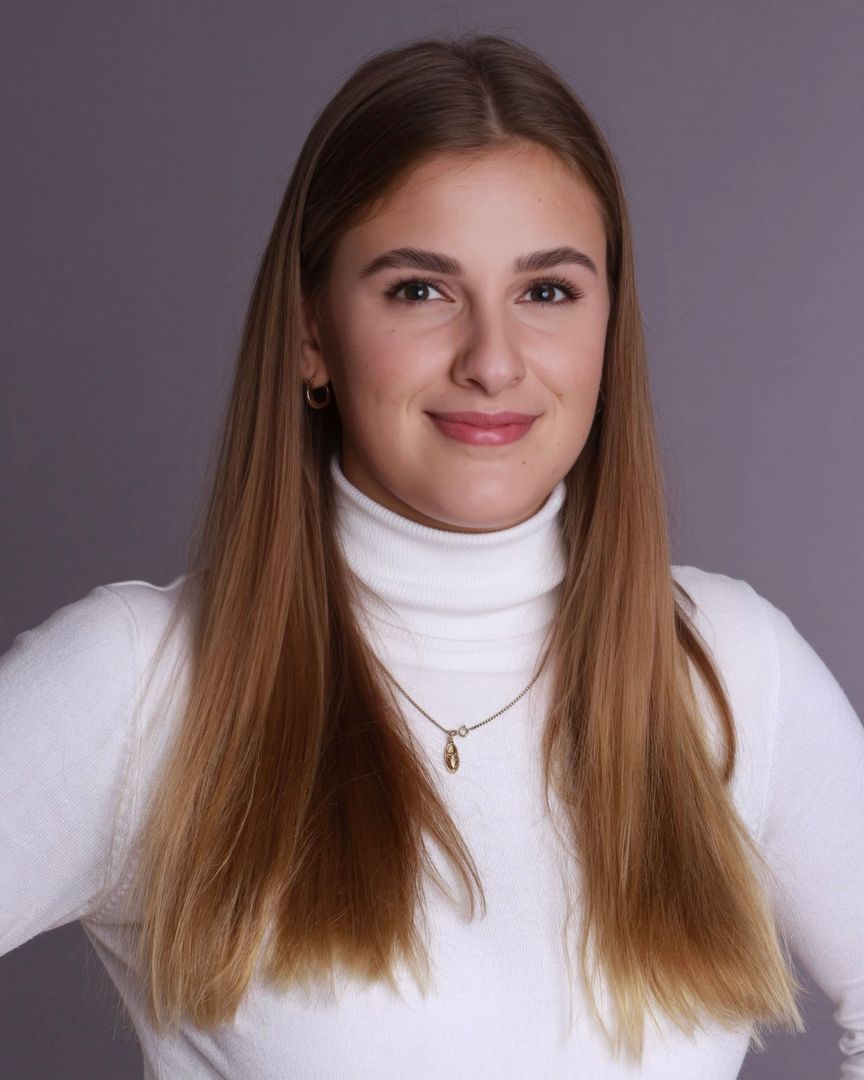In-house Innovation: Our Journey to the New Next Box 4.0
Over the past three years, the product development team at Next has been hard at work. Now, the time has come to welcome a new piece of hardware: the Next Box 4.0 – a small yet smart tool that is set to become the new standard interface for our Virtual Power Plant. This new generation of the Next Box has been developed entirely in-house. But how did it all begin?
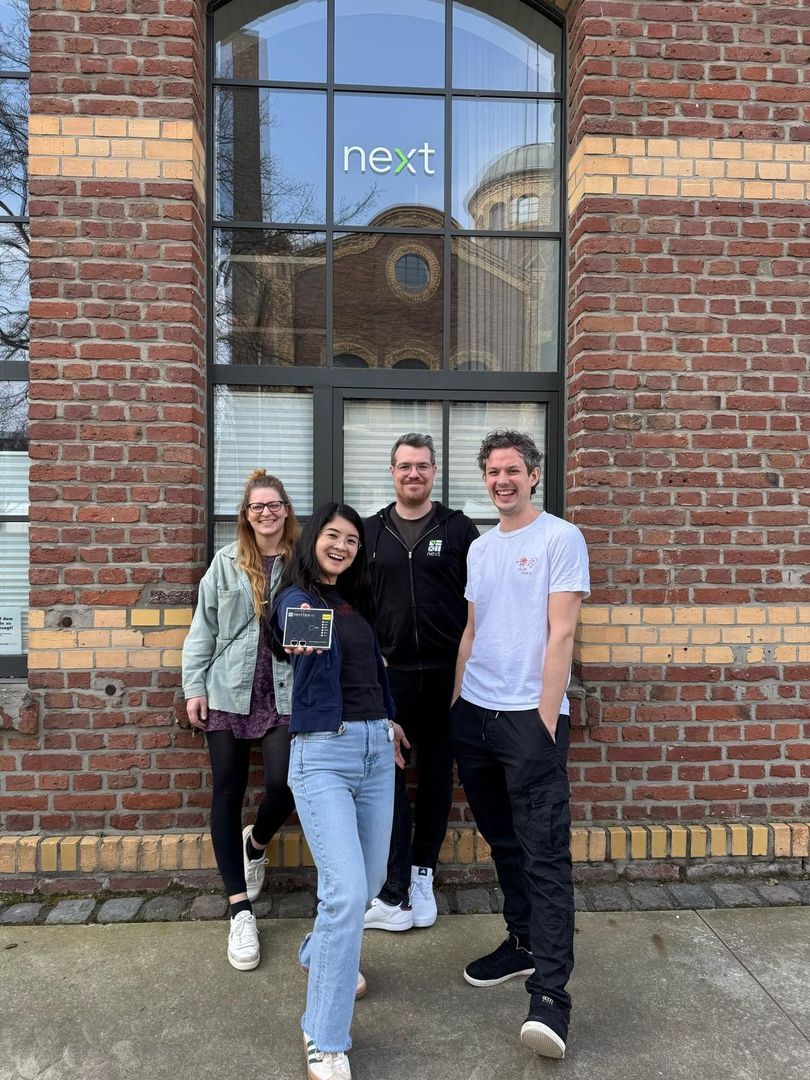
The Role of the Next Box – and Why We Developed a New Control System
The Next Box has been installed at renewable energy plants for many years, connecting thousands of distributed assets across Germany to our control system in Cologne via a specially secured, bidirectional network connection. This allows us to directly control these plants – for instance, to reduce feed-in when the grid is overloaded or when power prices are negative. Conversely, the Next Box can send control signals to ramp up production from controllable assets. In short, the Next Box ensures that control commands from our central system reliably reach the plants. This is essential for enabling the remote control functionality mandated by law for renewable energy plants participating in power trading under the EEG scheme.
The classic Next Box is primarily used for assets participating in schedule-based trading or balancing energy markets. Many PV systems, however, are still connected via centralized interfaces without dedicated hardware. The downside: this requires encryption certificates that must be updated regularly – a process that puts extra work on the customer. To simplify this, we developed a new control solution that automates certificate renewal and is designed to become the standard connection method for all assets in our pool. Department head Norman Gentges summarizes the project’s goal: “It was very important to us to offer customers a cost-effective alternative to the current setup. That’s why, in addition to meeting high security standards, cost-efficiency was a key requirement for the new hardware. We also aimed to make installation as easy as possible so that plant operators can set it up independently.”
The Development Journey – From Prototype to Next Box 4.0
The project kicked off by tackling a central question: how can we automate the certificate renewal process?
With each meeting, the vision of a unified, smart box evolved – one that would integrate update and security features and offer broad application potential. Inspired by the principles of Industry 4.0, the project was dubbed “Next Box 4.0.”
Our developers were faced with a wide array of possibilities and had to weigh options carefully, experimenting with different configurations to make the components as efficient and practical as possible. Interdisciplinary teams with diverse expertise collaborated closely, holding weekly meetings and regular sprints to ensure efficient progress.
It was exciting to watch how these combined expert perspectives and creative ideas led to the first fully functioning prototypes. The team was given the flexibility and autonomy to shape their workdays – a welcome departure from the usual routines for many: “As a software developer, working with hardware isn’t something I normally do. Being part of this project really expanded my horizons,” said team member Dustin Asbach. Project lead Leo Lasch-Justen is proud of what the team has achieved after three years of development: “We developed the Next Box 4.0 as a tailor-made solution for our Virtual Power Plant. It allows us to connect plants with lower maintenance needs and simplifies the process for our customers. It’s also future-ready, flexible in its connectivity, and more affordable – a true milestone in our product development.”
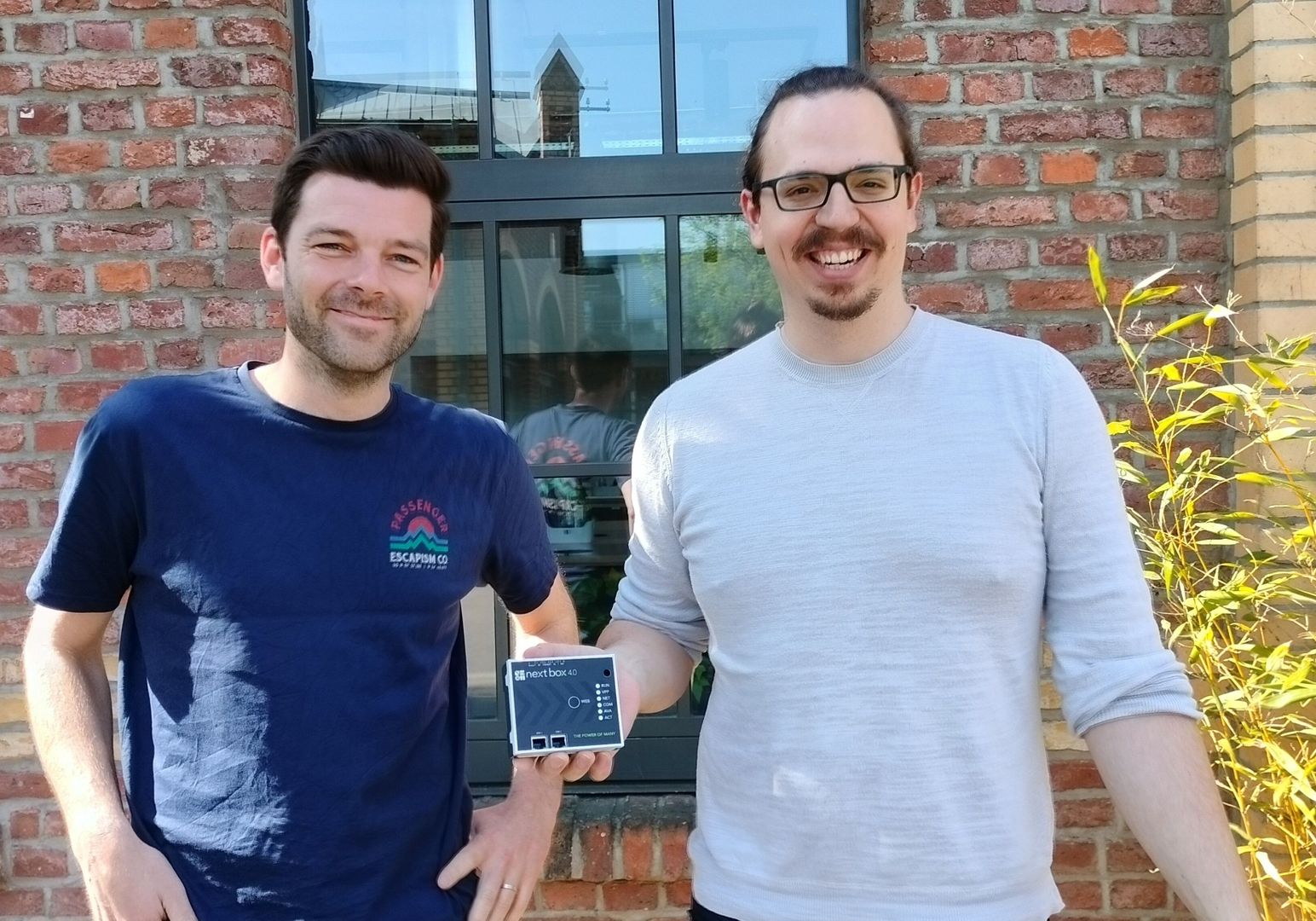
Because we developed the Next Box 4.0 in-house, the expertise stays within the team – and we can independently build on it in the future. Initially, the new box will be used for power trading of renewable energy. But other applications are already on the horizon: “In the future, the Next Box 4.0 could also be used for balancing power markets. That’s why we aimed to make it as flexible as possible, so it can be expanded to meet various requirements,” explains Norman Gentges.
Both the firmware and hardware were, of course, developed to meet the requirements of Germany’s transmission system operators and the Federal Office for Information Security (BSI).
More information
Pilot Phase With Customer Support
Even after nearly three years of development, the technical journey isn’t over. In April, we received the first delivery of around 30 units. Twenty of them are now being deployed to customers as part of a pilot project – to test the new Next Box thoroughly.
The team behind the scenes is also pitching in: since August 2024, one of the first boxes has been operating at the home of a developer’s in-laws. The setup went so smoothly, they forgot they were already part of the pilot – and even offered to sign up as test users again!
In the coming months, we’ll be fine-tuning the system and preparing the full rollout of the Next Box 4.0. Initially, new customers in the solar segment will benefit from the new hardware. Over time, the rollout will expand to other customer groups – until eventually, every asset in the Next Pool is connected to the Virtual Power Plant via this compact tool.
Note: Next Kraftwerke assumes no liability for the completeness, accuracy and timeliness of the information. This article is for information purposes only and does not replace individual legal advice.
More information and services
